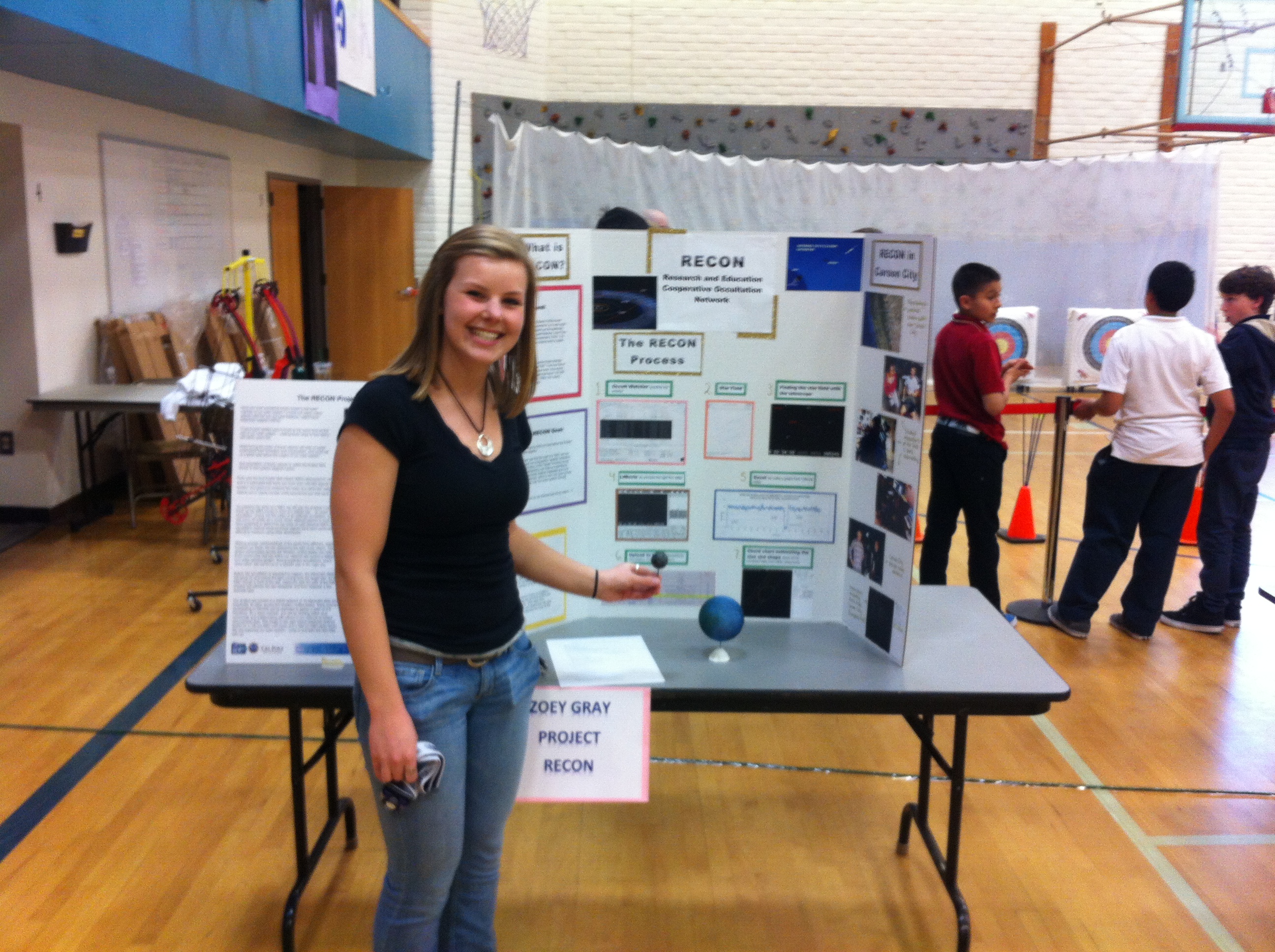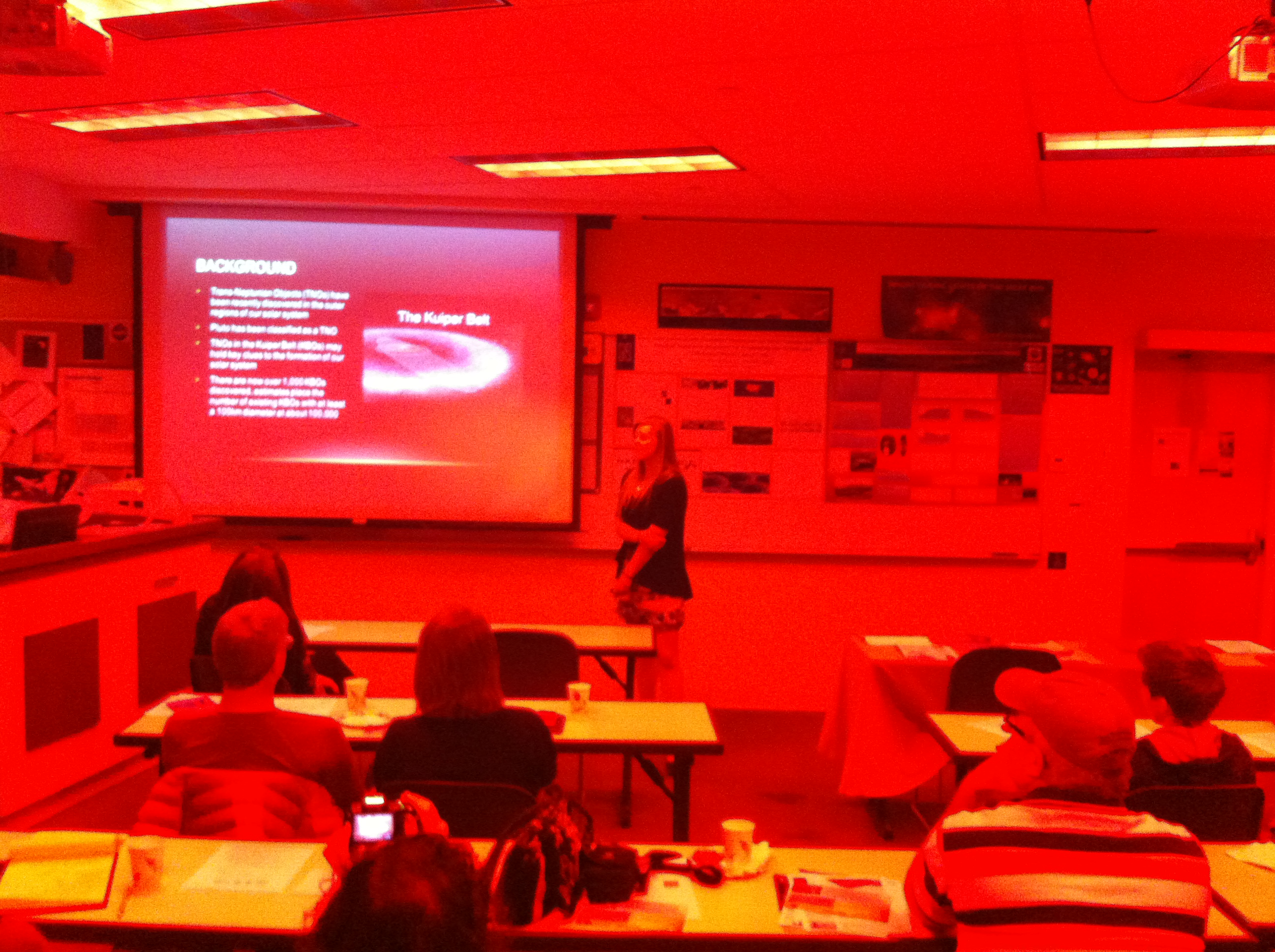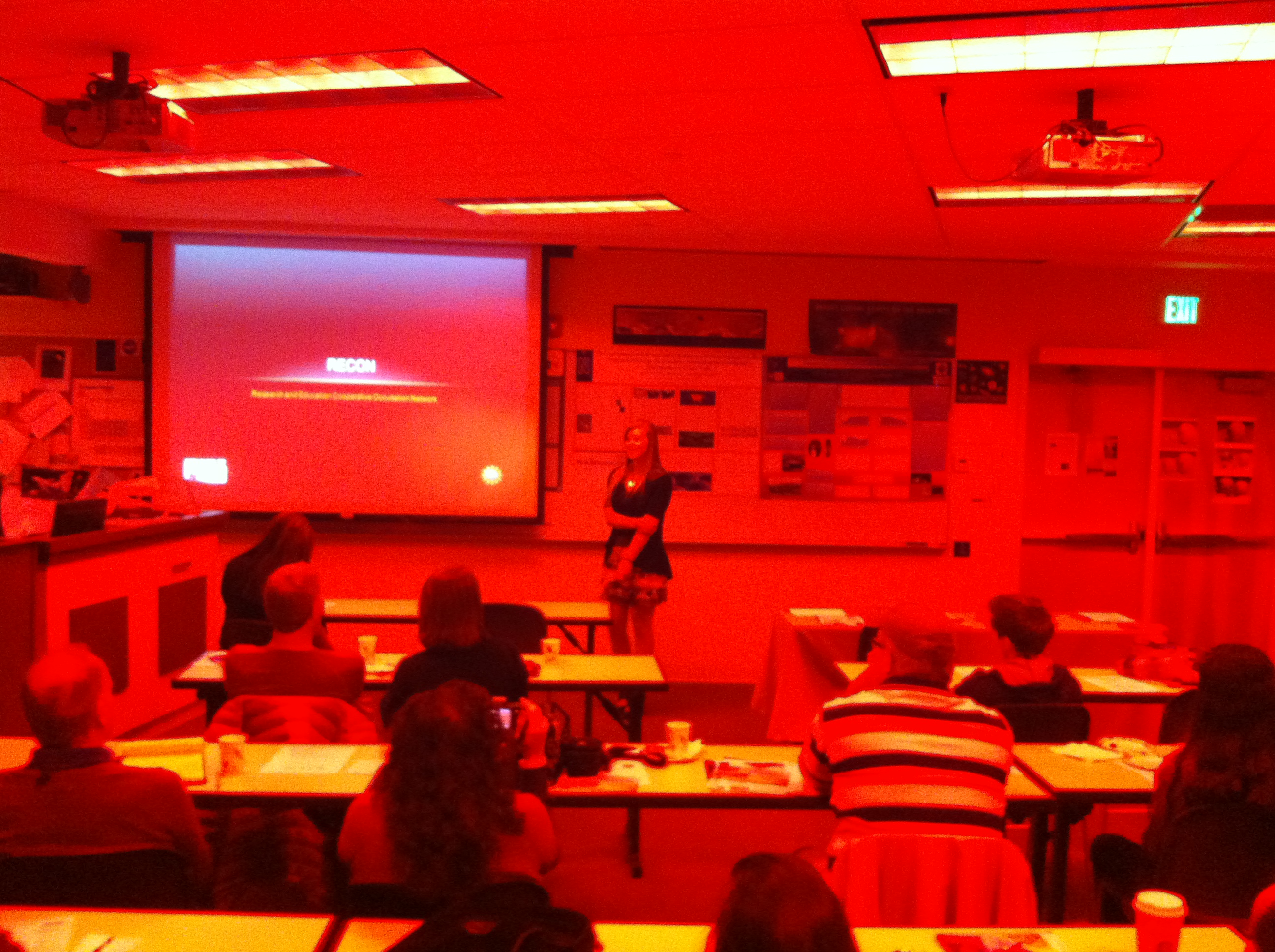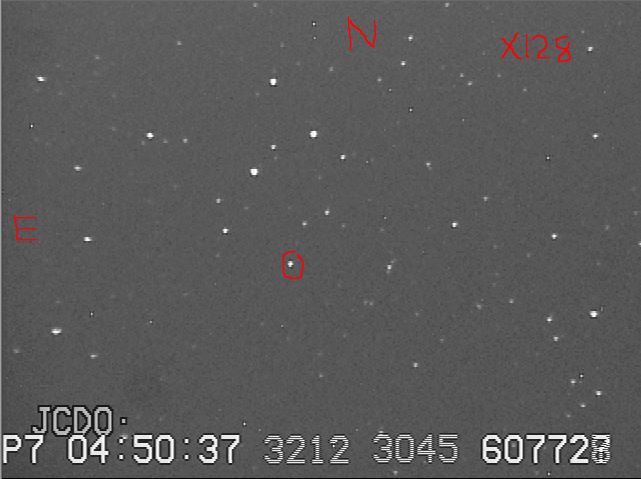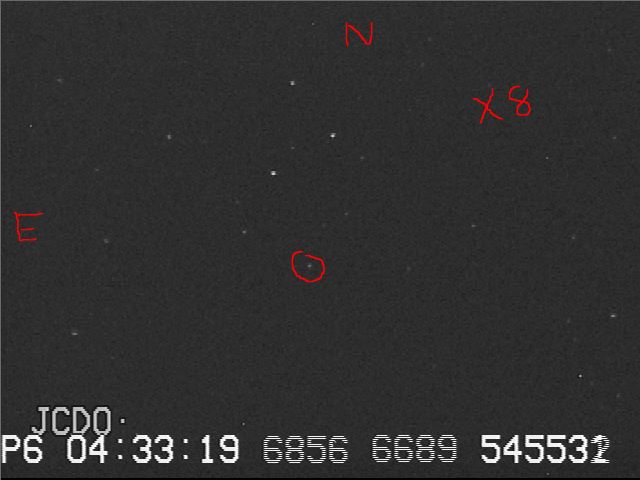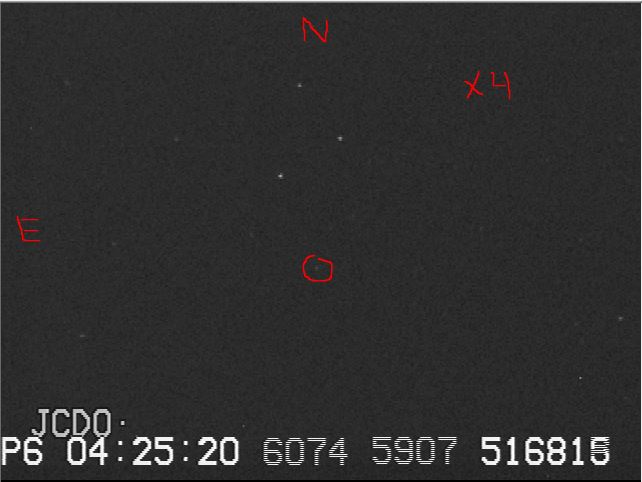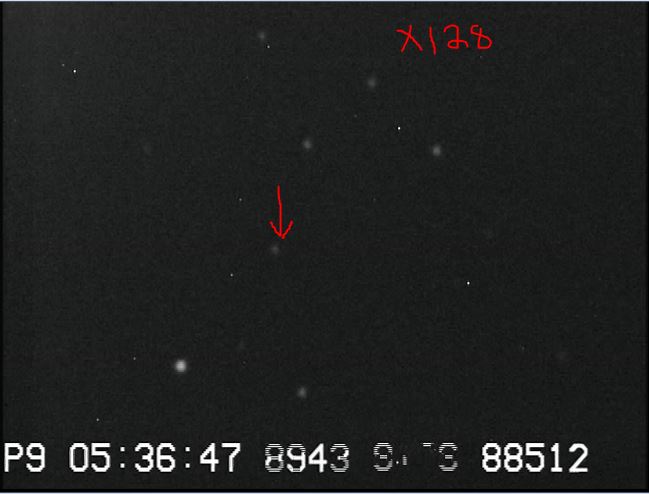 Shortly after arriving at Kitt Peak National Observatory, the RECON team toured the observatory and became familiar with the telescopes and area. While touring the Peak, we (Lake Shank and Shelby Brown), along with Jim Bean, Red Sumner, and Marc Buie, also became familiar with the 4-meter telescope. We will be using it to locate fields of KBOs for future RECON events! The dome in the picture above will be where the team will be observing and collecting data for the next few nights. Updates will be posted tonight or early tomorrow morning concerning data collection and telescope operation.
Shortly after arriving at Kitt Peak National Observatory, the RECON team toured the observatory and became familiar with the telescopes and area. While touring the Peak, we (Lake Shank and Shelby Brown), along with Jim Bean, Red Sumner, and Marc Buie, also became familiar with the 4-meter telescope. We will be using it to locate fields of KBOs for future RECON events! The dome in the picture above will be where the team will be observing and collecting data for the next few nights. Updates will be posted tonight or early tomorrow morning concerning data collection and telescope operation.
 On the way to catch our flight landing in Phoenix, Arizona to meet Marc Buie. The team was excited to start working at Kitt Peak National Observatory!
On the way to catch our flight landing in Phoenix, Arizona to meet Marc Buie. The team was excited to start working at Kitt Peak National Observatory!
 While becoming familiar with the site, Marc Buie showed us around the 4-meter telescope. Part of the tour was standing very close to the telescope. The picture above was taken inside of the dome. Up close the telescope looks huge compared to the traditional 12-inch RECON telescope.
While becoming familiar with the site, Marc Buie showed us around the 4-meter telescope. Part of the tour was standing very close to the telescope. The picture above was taken inside of the dome. Up close the telescope looks huge compared to the traditional 12-inch RECON telescope.
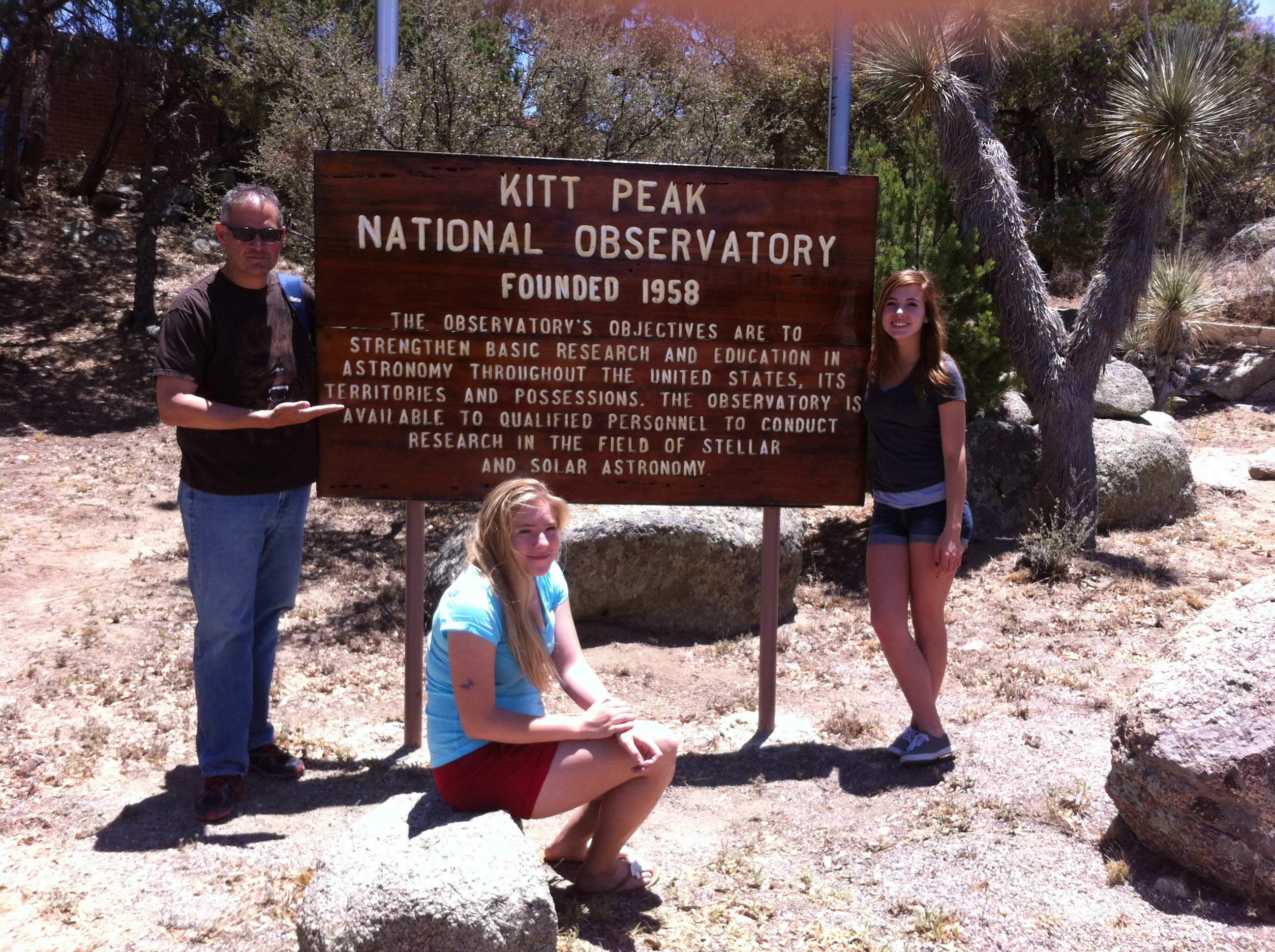
There are tons of interesting telescopes at Kitt Peak National Observatory. These include a variety of different sized telescopes such as a 1.3 meter, a 2.1 meter and a solar and radio telescope. We are eager to collect data tonight and tomorrow night!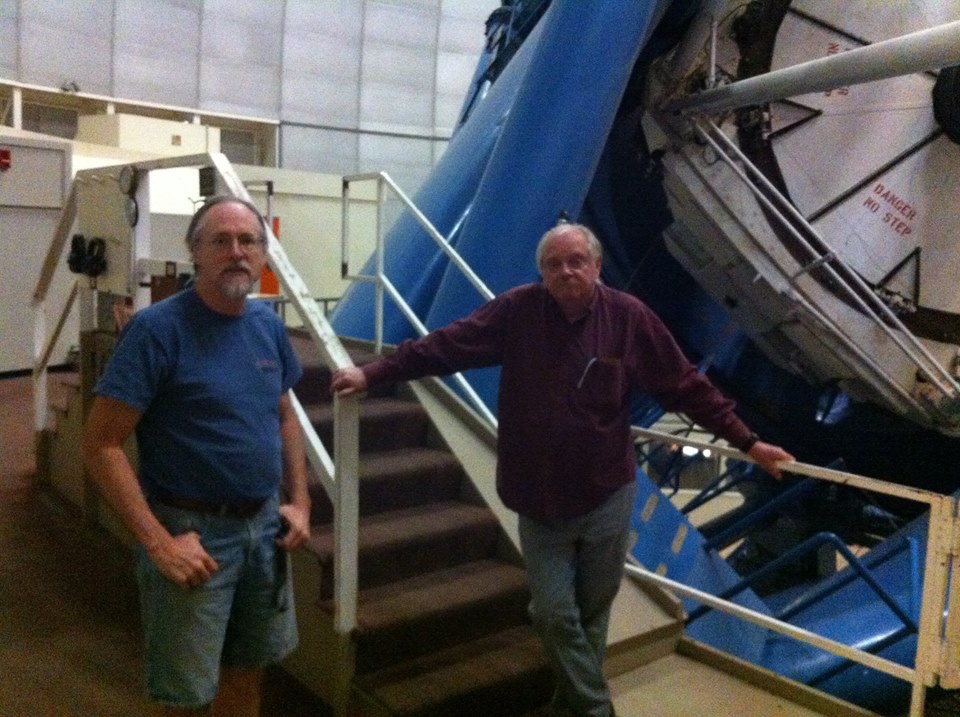 Marc Buie (pictured here with Red Sumner on the right) helped us to understand how the 4-meter telescope rotates to different points in the sky. It turns out that multiple parts of the telescope itself and the building rotates to observe different parts of the sky.
Marc Buie (pictured here with Red Sumner on the right) helped us to understand how the 4-meter telescope rotates to different points in the sky. It turns out that multiple parts of the telescope itself and the building rotates to observe different parts of the sky.
If you have any questions or comments, a google+ hangout will be hosted on Wednesday from 3:15-4:15 PM Pacific Time. Feel free to ask questions, post comments, or get to know any of the RECON team members.
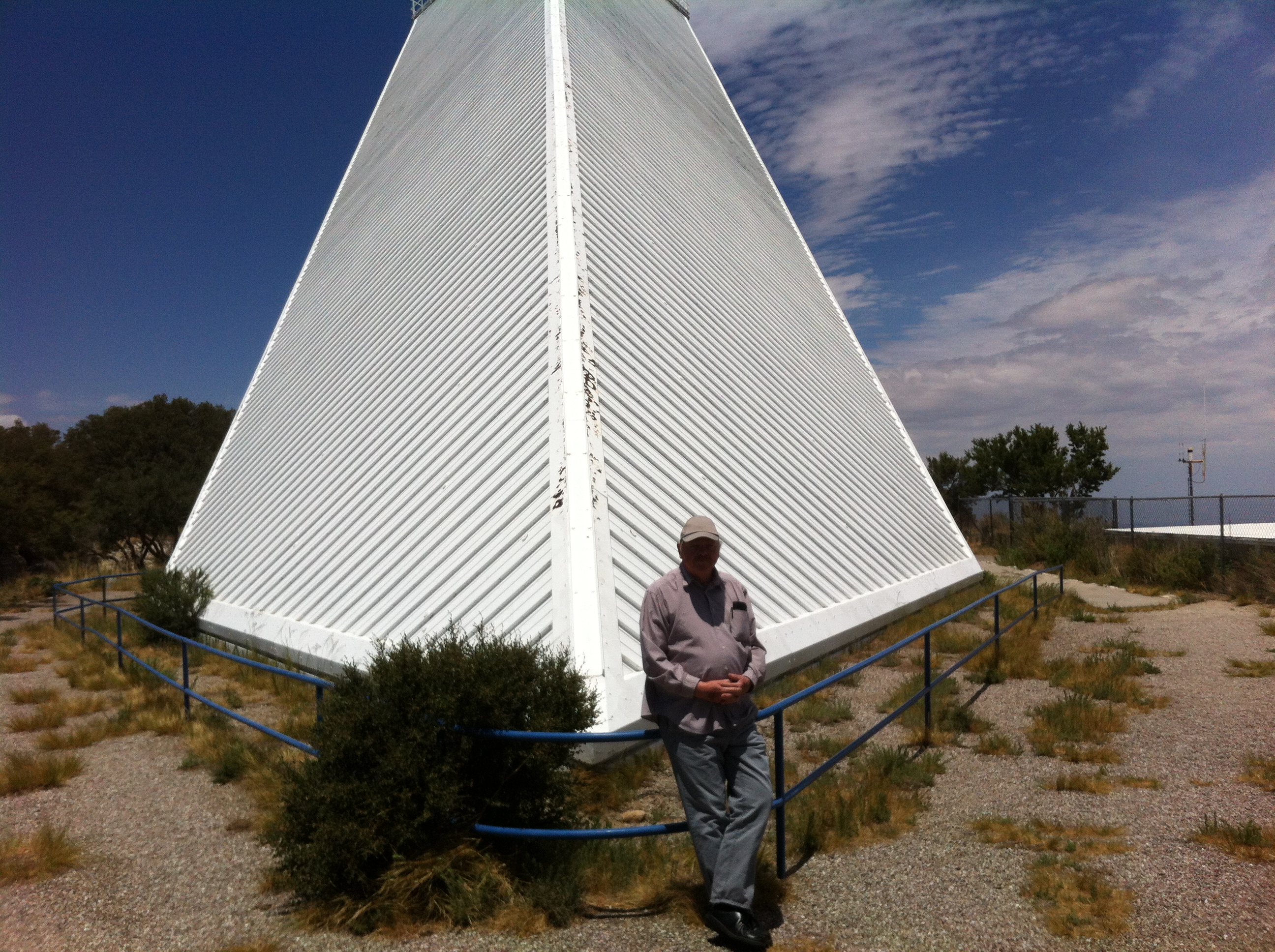 During the day, the team decided to take a trip down to the solar telescope. The solar telescope isn’t as big but it’s still awe inspiring!
During the day, the team decided to take a trip down to the solar telescope. The solar telescope isn’t as big but it’s still awe inspiring!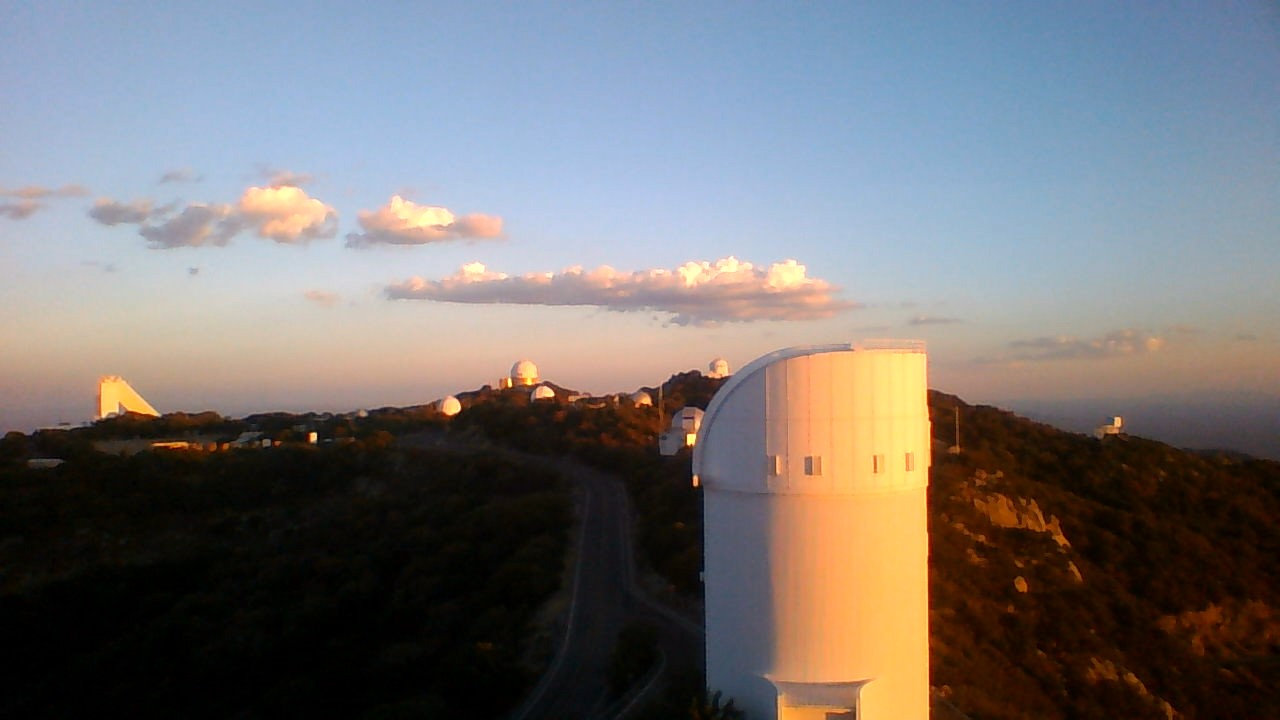 Contrary to last night, the clouds seem to be clearing and the weather seems pretty good. We will keep our fingers crossed that it doesn’t take a turn for the worse!
Contrary to last night, the clouds seem to be clearing and the weather seems pretty good. We will keep our fingers crossed that it doesn’t take a turn for the worse!
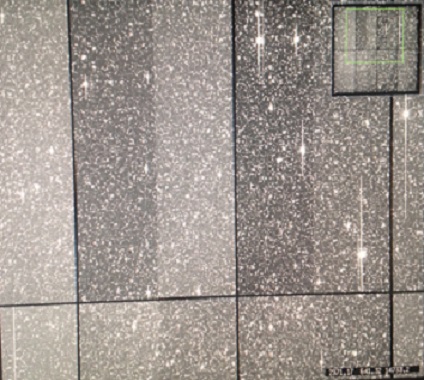
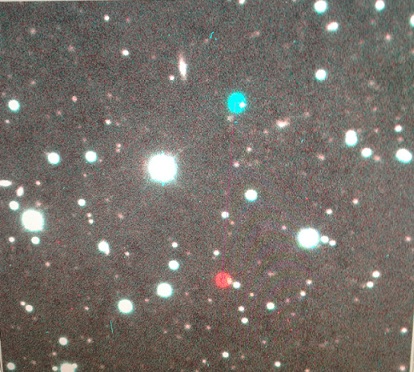



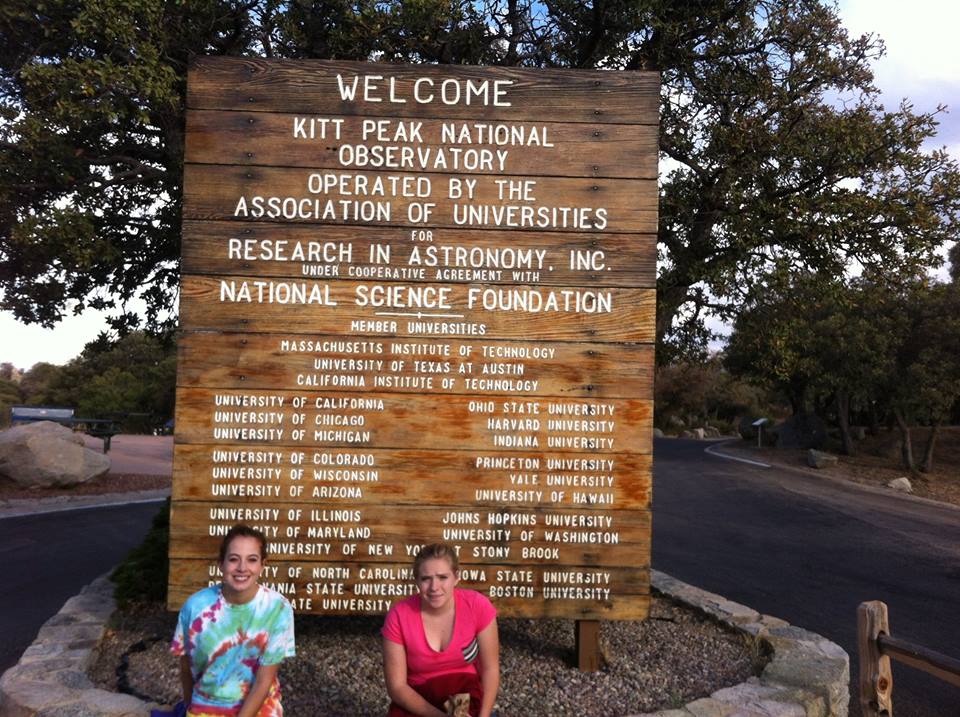
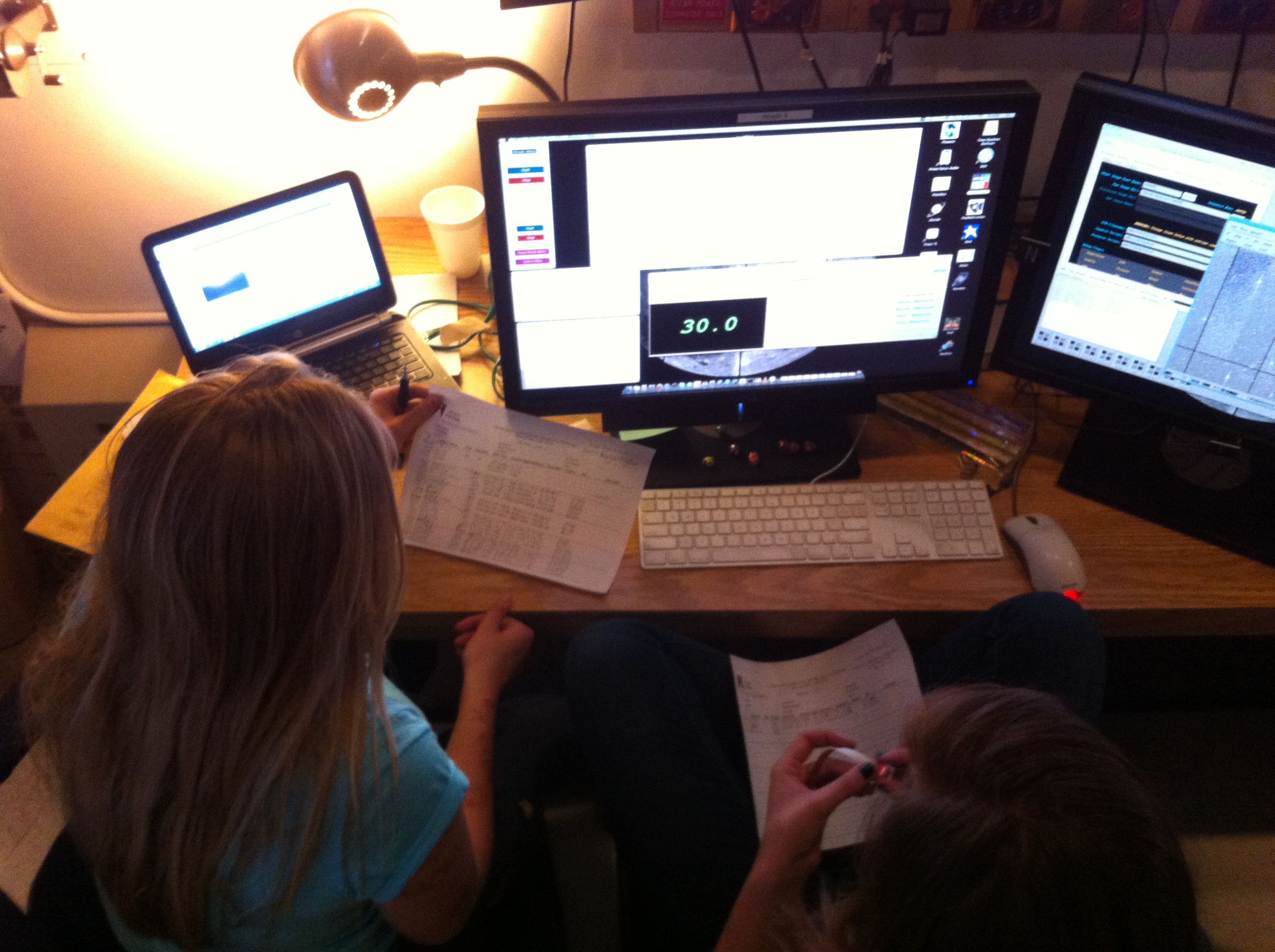


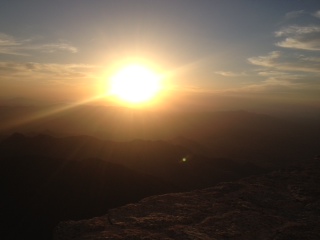
 Shortly after arriving at
Shortly after arriving at  On the way to catch our flight landing in Phoenix, Arizona to meet Marc Buie. The team was excited to start working at Kitt Peak National Observatory!
On the way to catch our flight landing in Phoenix, Arizona to meet Marc Buie. The team was excited to start working at Kitt Peak National Observatory! While becoming familiar with the site, Marc Buie showed us around the 4-meter telescope. Part of the tour was standing very close to the telescope. The picture above was taken inside of the dome. Up close the telescope looks huge compared to the traditional 12-inch RECON telescope.
While becoming familiar with the site, Marc Buie showed us around the 4-meter telescope. Part of the tour was standing very close to the telescope. The picture above was taken inside of the dome. Up close the telescope looks huge compared to the traditional 12-inch RECON telescope.

